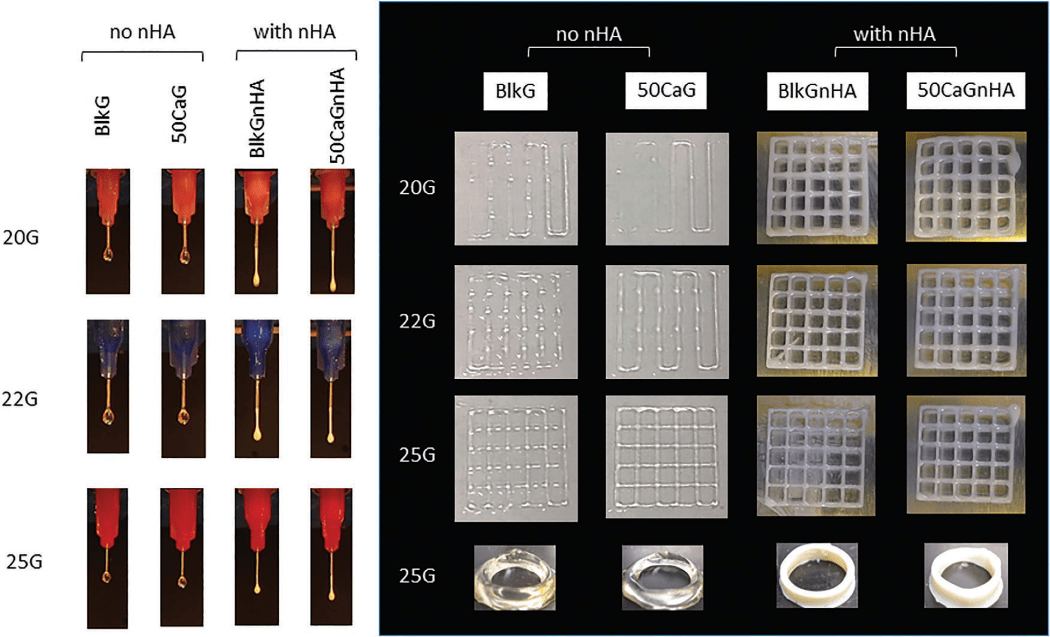
by Caleb Horst | Aug 30, 2019 | In The Lab
3D bioprinting has significantly gained popularity in recent years as a mean to create custom structural scaffolds that are hierarchical and biologically functional. Optimizing the bioink involves targeting characteristics such as viscosity, crosslinking capabilities,...
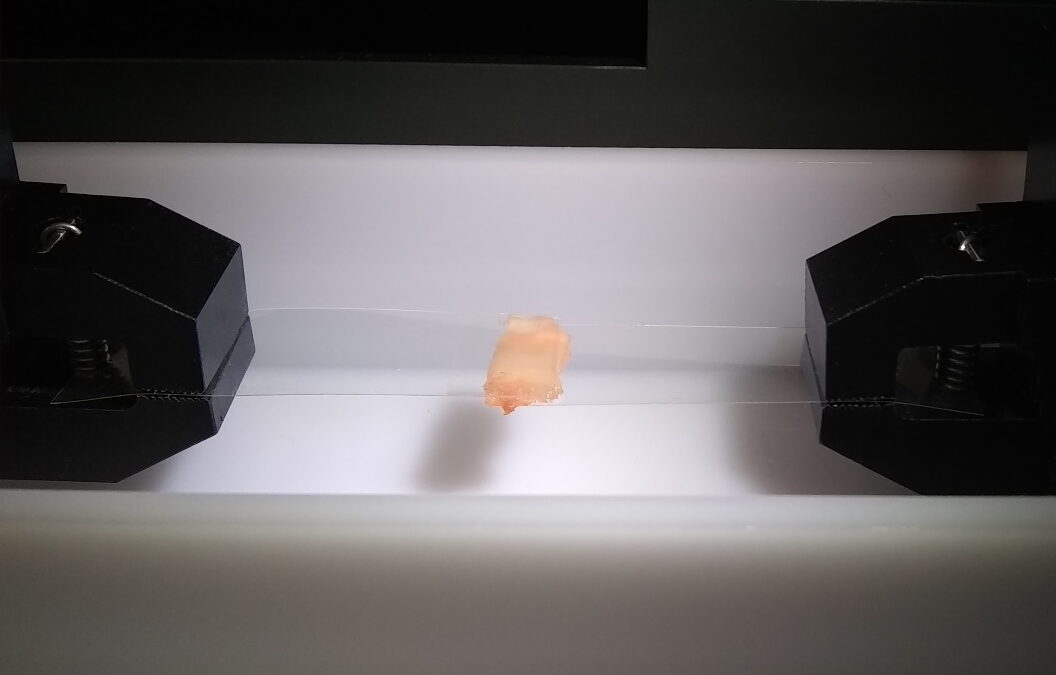
by Caleb Horst | Aug 16, 2019 | In The Lab
An inverse double network (IDN) hydrogel is a setup of a neutral hydrogel layer with a polyelectrolyte polymer layer adhered to it. This bilayer design allows for changes in volume when either layer responds differently to stimulus (pH, temperature, light, etc.). The...
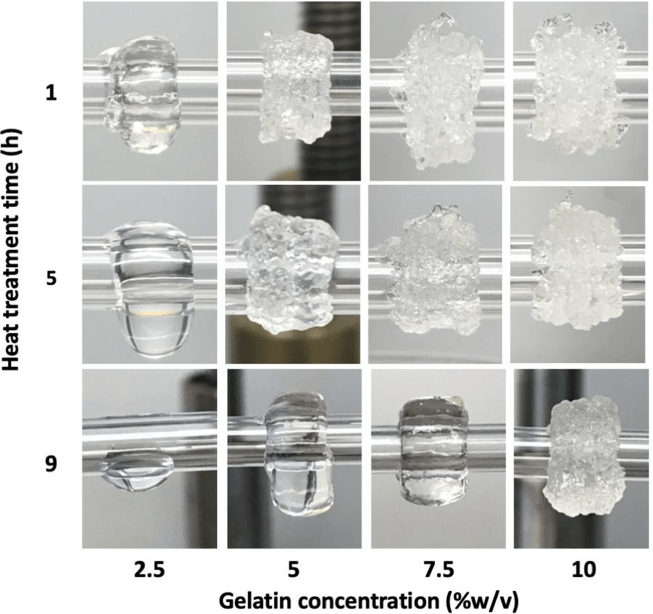
by Caleb Horst | Aug 7, 2019 | In The Lab
Synthetic grafts have been used since the 1970s to treat cardiovascular diseases. Although autologous arteries or veins are preferred, conditions such as low patency rates and compliance mismatch tend to lead to graft failure. Tissue-engineered vascular grafts (TEVGs)...
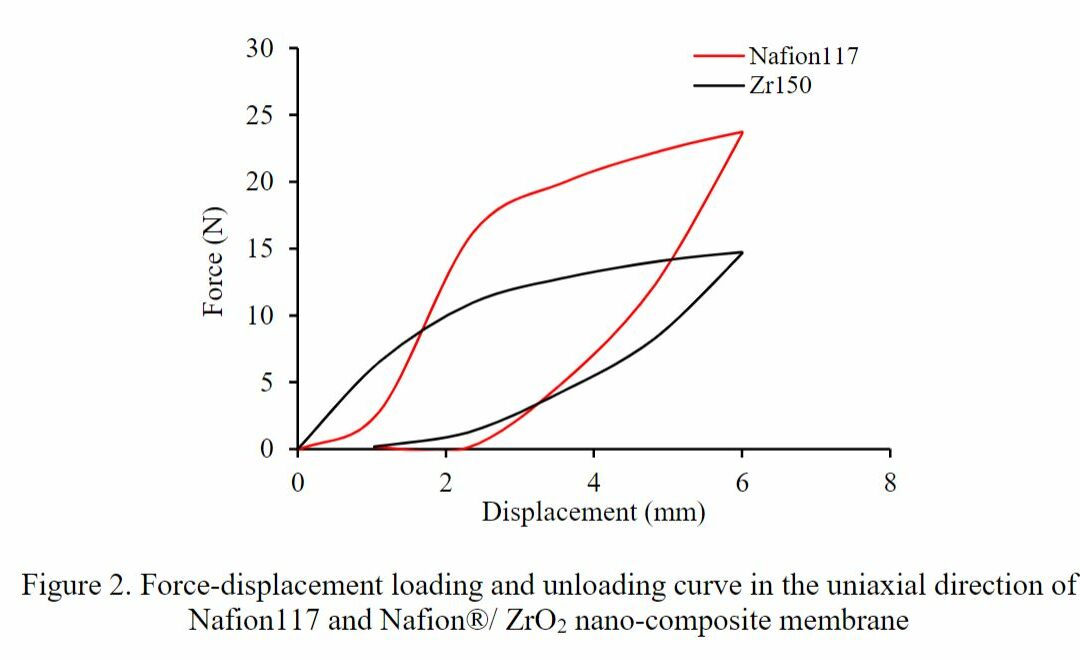
by Caleb Horst | Jul 25, 2019 | In The Lab
Proton-Exchange Membrane Fuel Cells is a favourable alternative to the internal combustion engines in vehicle applications. It was initially developed by General Electric for NASA for use in the Gemini spacecraft (ScienceDirect). In this system, thin, conductive...
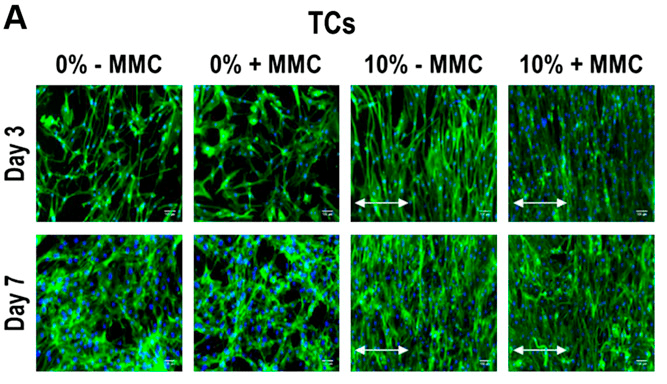
by Caleb Horst | Jul 8, 2019 | In The Lab
Bottom-up bioengineering is an approach to build tissue structures using cell-laden modules (such as extracellular matrix) as opposed to seeding cells into porous scaffolds. It has a higher level of biomimicry and has been used successfully in clinical settings for...
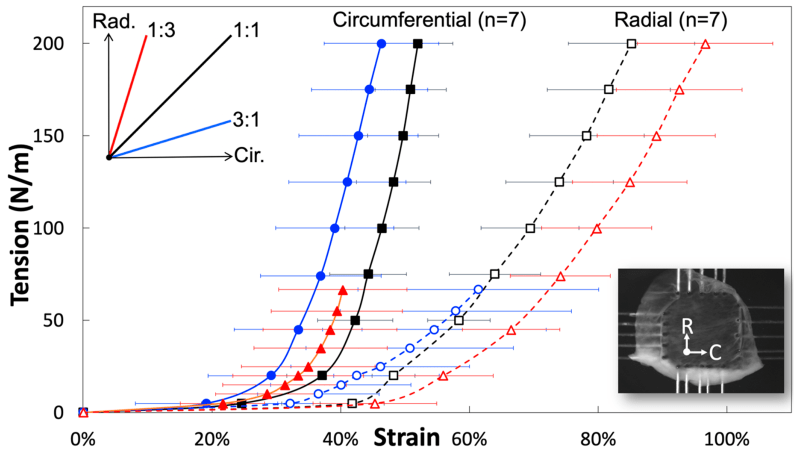
by Caleb Horst | Jul 4, 2019 | In The Lab
A jugular venous valve functions to prevent retrograde blood flow. If it malfunctions or is incompetent, symptoms such as amnesia or stroke may occur. Moreover, there are no long-term remedy for jugular venous valve incompetence – surgery to replace a failed...














